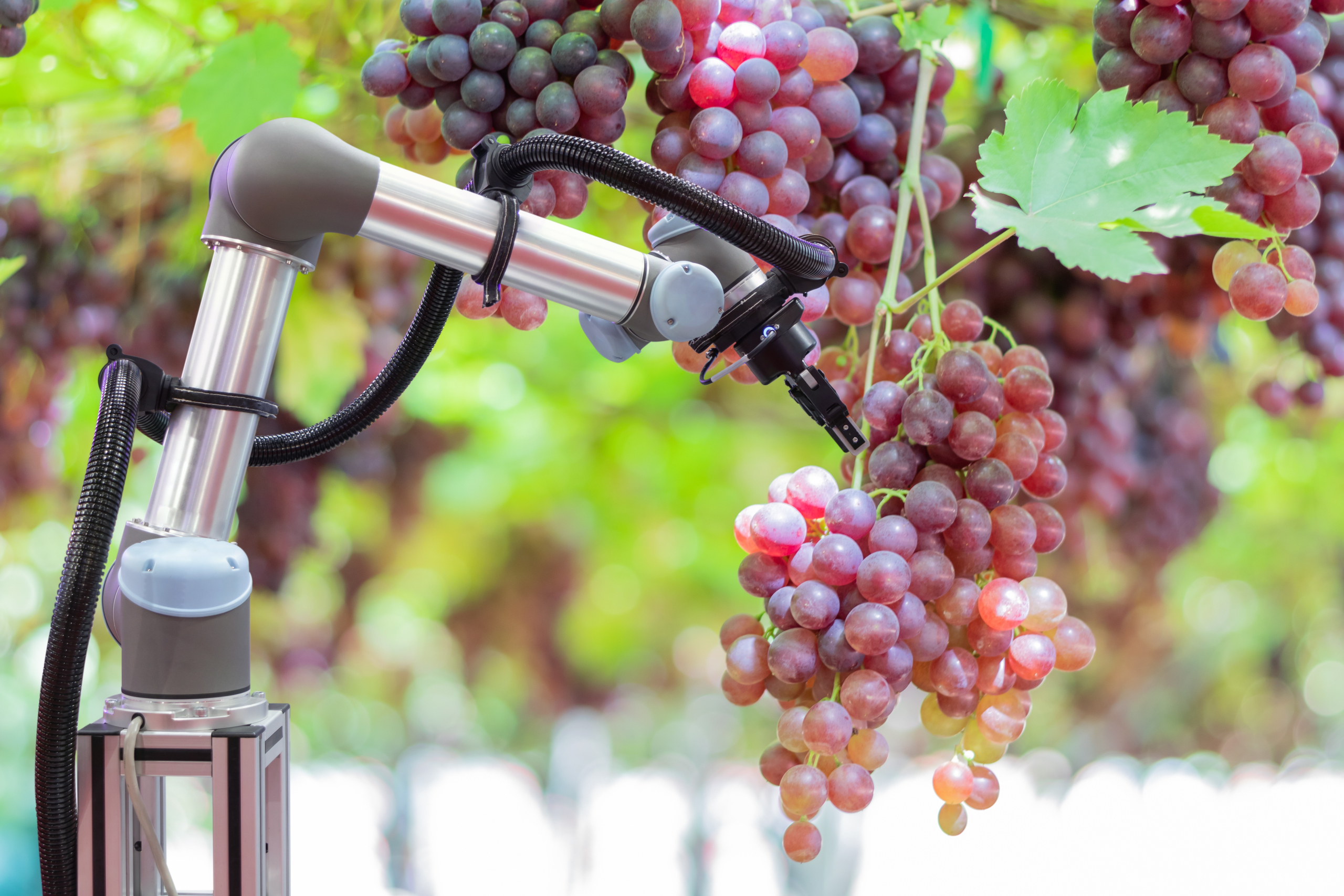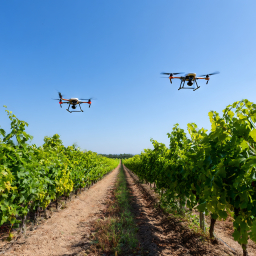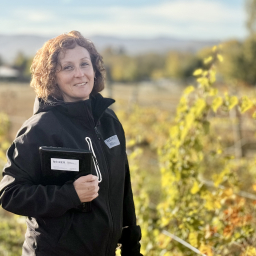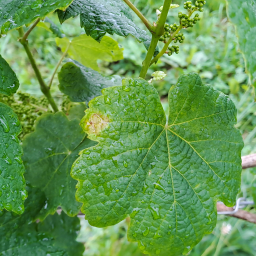NEW
Strategies to ensure vineyard profitability in the face of climate change and pests
23 September 2025
- At NEIKER, we research solutions that tackle climate change and pests to ensure the profitability and sustainability of the sector.
The Basque wine sector is undergoing a period of transformation due to rising temperatures, irregular rainfall and increasing pressure from pests and diseases, which are testing the viability of vineyards. Added to this situation are European regulations restricting the use of plant protection products, reducing traditional protection options and forcing the search for new solutions.
Against this backdrop, at NEIKER we are promoting various research and knowledge transfer projects so that producers, such as those in Rioja Alavesa and Txakoli, have access to data, techniques and varieties that will enable them to maintain the productivity and quality of their vineyards in the future.
‘Climate change and new market demands have led us to a reality in which innovation is not an option, but a necessity for the survival of the sector,’ explains Olatz Unamunzaga, general manager of NEIKER, adding that the work of the technology centre ‘is to transform challenges into opportunities, providing scientific solutions that winegrowers can apply directly to their plots to be more competitive.’
The strategy for addressing these challenges is based on several pillars: protecting the health of the vineyard, adapting agronomic practices to the changing climate, preserving soil quality and leveraging technology to optimise management and measure environmental impact. Each of these fronts is part of a comprehensive approach that connects research, innovation and direct transfer to the sector.
Tools to protect the health of the vineyard
The first line of action focuses on maintaining vine health. To this end, research is being conducted into the use of biostimulants and biopesticides, which offer alternatives to traditional chemicals and comply with regulatory restrictions. This research is complemented by the development of early detection algorithms for diseases such as mildew and powdery mildew, which make it possible to anticipate infection and apply treatments more precisely.
‘These tools, based on field data and predictive models, make it possible to identify the first signs of infection before they are visible to the naked eye, so that treatments can be applied effectively and at the right time’, explains Ana Díez, researcher at NEIKER’s Plant Production and Protection Department.
At the same time, work is being done to obtain resistant grape varieties and recover ancestral varieties whose genetics favour adaptation to new climatic conditions. This combination of strategies seeks to reduce dependence on fungicides and offer alternatives that contribute to the sustainability of the crop, linking vineyard protection with adaptation to the environment.
Adapting practices to the changing climate
The second line focuses on adjusting vineyard management to the effects of climate change, which alter budding, flowering and grape ripening. To this end, agronomic strategies are being tested, such as delayed pruning, which shifts the vegetative cycle and reduces the risk of damage from late frosts or high temperatures during sensitive stages of cultivation.
At the same time, water management is optimised through precision viticulture techniques, which allow the water status of the soil and plants to be monitored in order to adjust irrigation to actual needs. This ensures efficient use of water resources and maintains production even during periods of irregular rainfall. Participation in the INTERREG-AN-GEL project, focused on spring frost warning and response, completes this block of work.
‘We are analysing how the plant can adapt to changes in climate patterns. Thanks to accurate data and constant monitoring, we can identify and recommend the most appropriate practices to winegrowers to adapt their crops and maintain production and quality,’ explains Ana Aizpurua, a researcher at NEIKER’s Plant Production and Protection Department.
Preserving soil quality and the microbiome
Adapting vineyards to extreme weather conditions is not limited to the plant itself: soil health is essential to ensuring productivity and grape quality. For this reason, practices such as reduced tillage and the use of plant cover are being researched, as they maintain soil structure, improve water retention and promote biological activity.
In addition, edaphic fauna and the microbiome are being studied, as they influence plant development and the aromatic profile of the grapes, providing scientific information on the concept of terroir and how it is reflected in the wine. This line of research is directly linked to plant management strategies and agronomic practices, closing the cycle of vineyard adaptation from the root to the grape.
Technology and environmental assessment
To integrate all this information and facilitate decision-making, digital platforms such as UREZTA and Agrometeo are used, which offer real-time agroclimatic data to organise tasks, adjust irrigation and plan interventions based on the conditions of each plot.
At the same time, the Life Cycle Assessment (LCA) methodology is applied to assess the environmental impact from grape production to wine production. This information makes it possible to identify areas for improvement, validate agricultural practices and facilitate access to certifications such as regenerative or organic viticulture, which are increasingly in demand by the market.
Through the research and knowledge transfer carried out at the centre, we aim to ensure that all areas complement each other: vine protection, adaptation of agronomic practices, soil care and digitalisation form an integrated system that allows winegrowers to anticipate changes, optimise resources and make informed decisions.
In this way, ‘scientific knowledge is translated into concrete actions in the vineyard, ensuring the continuity of the activity and the ability to maintain the production and quality of Basque wine in the face of climatic and regulatory challenges,’ concludes Unamunzaga.






